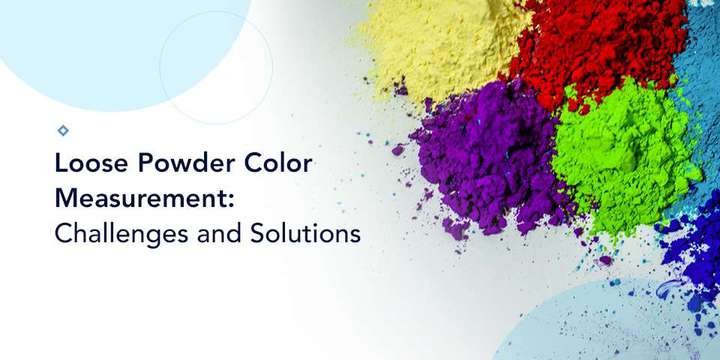Analyzing loose powder hues comes with unique challenges due to the innate qualities of the powders.
Spring is a time of rebirth and regeneration when color returns to our world vividly after the grays and whites of winter. And perhaps there is no better expression of this than the Hindu celebration of Holi, also known as the festival of colors.
Each spring, people around the world — Hindu, and non-Hindu alike — mark the coming of the season in a brilliant display of colorful powders thrown in the air and streaked across revelers. This colored powder is essential to the celebrations, originating with the legend of the Hindu deity Krishna who colored his lover’s face to match his own blue skin.
Today, four primary powder colors are used during the festival, each representing a unique aspect of the Holi celebration. Green signifies spring's new beginnings, blue symbolizes the connection to Krishna, red stands for fertility and love, and yellow evokes health and happiness.
Traditionally, these hues were created using real turmeric, flower extracts, and sandalwood paste. Now, however, they are largely produced using artificial colorants. This practice has led to health and environmental concerns after reports that hazardous materials like chromium and lead were used in powder production. These chemicals can cause pollution and health issues like eye and skin irritation or respiratory illnesses.
As a result, a number of commercial powder suppliers have recently returned to more natural and plant-based color sources. In order to promote safer, more eco-friendly products, however, powder suppliers must ensure that their powders accurately reproduce the vivacious colors we have become accustomed to. This is vital in order to allow customers to obtain healthier products without compromising appearance. This requires careful monitoring of color behavior throughout the production process.
Reflectance spectrophotometers are ideal for measuring the color of all types of loose powders, regardless of their end use. Using directional geometry, these spectrophotometers mimic the way the human eye sees color, only better. Without the impact of outside interferences, spectrophotometric devices are able to objectively analyze samples for the highest level of accuracy and repeatability. As such, they serve a critical role in the development and production of loose powders across industries, from cosmetics to pharmaceuticals. However, there are a number of special considerations for loose powder color measurement that must be kept in mind during the analytical process.







